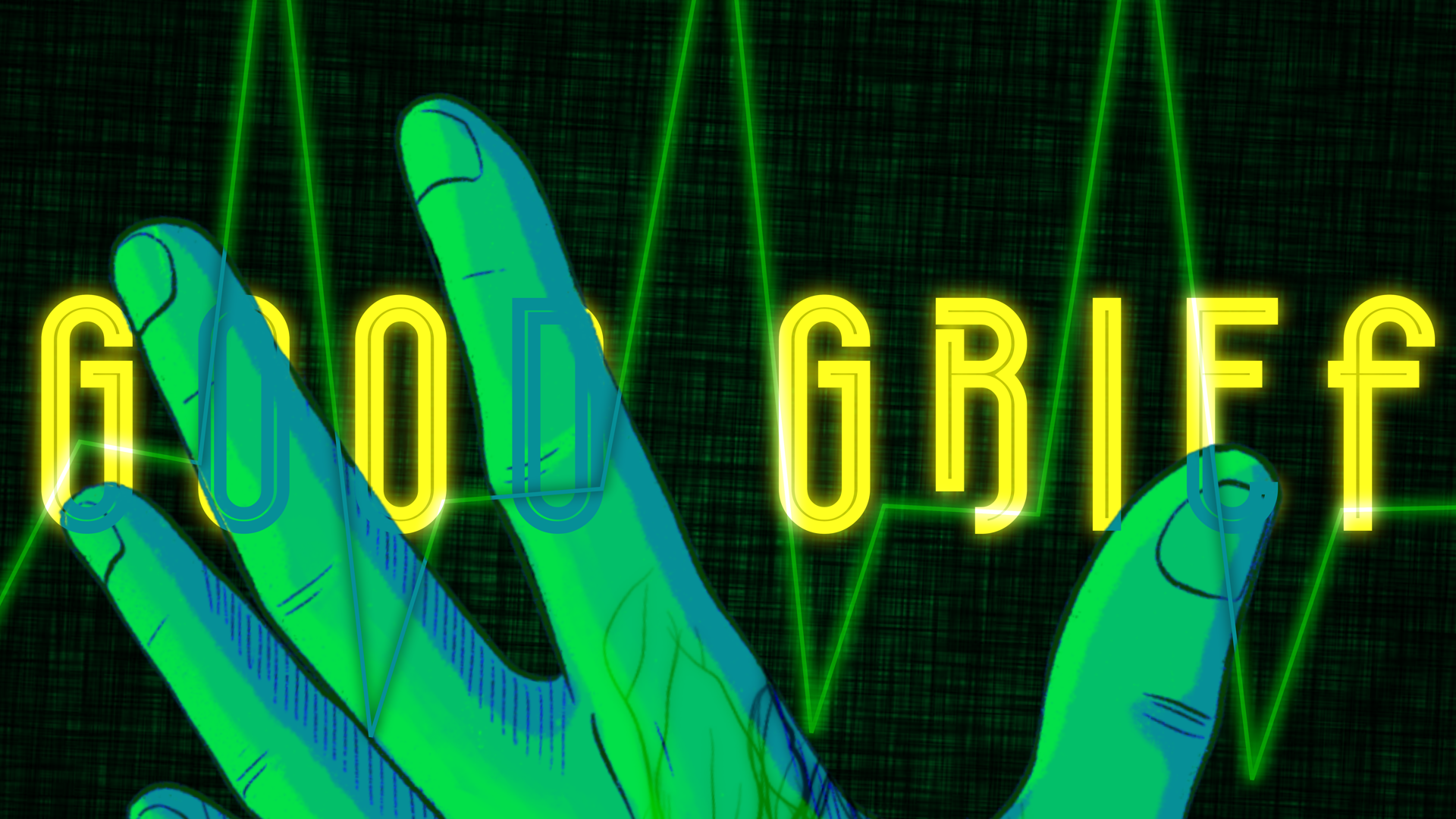
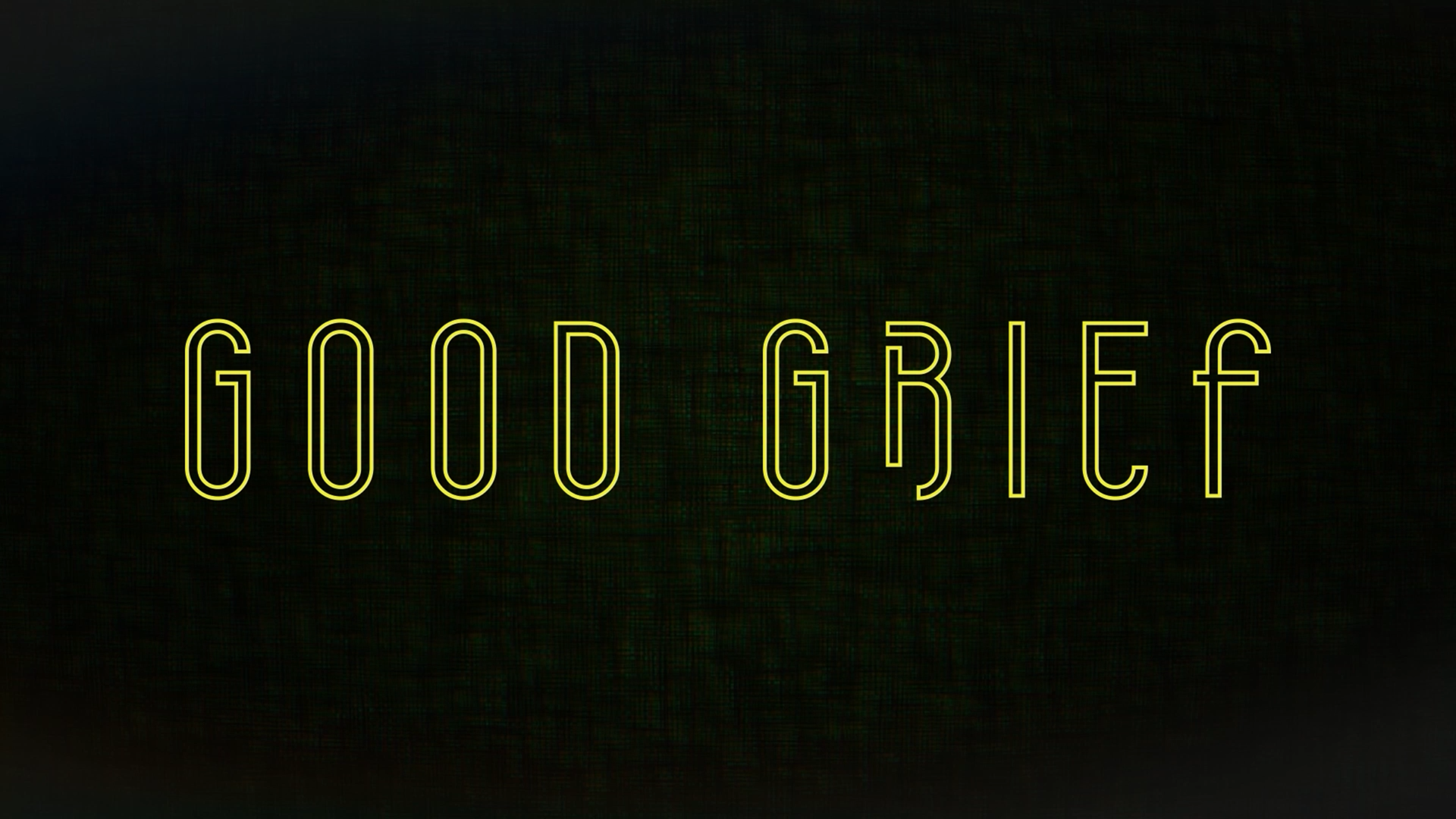
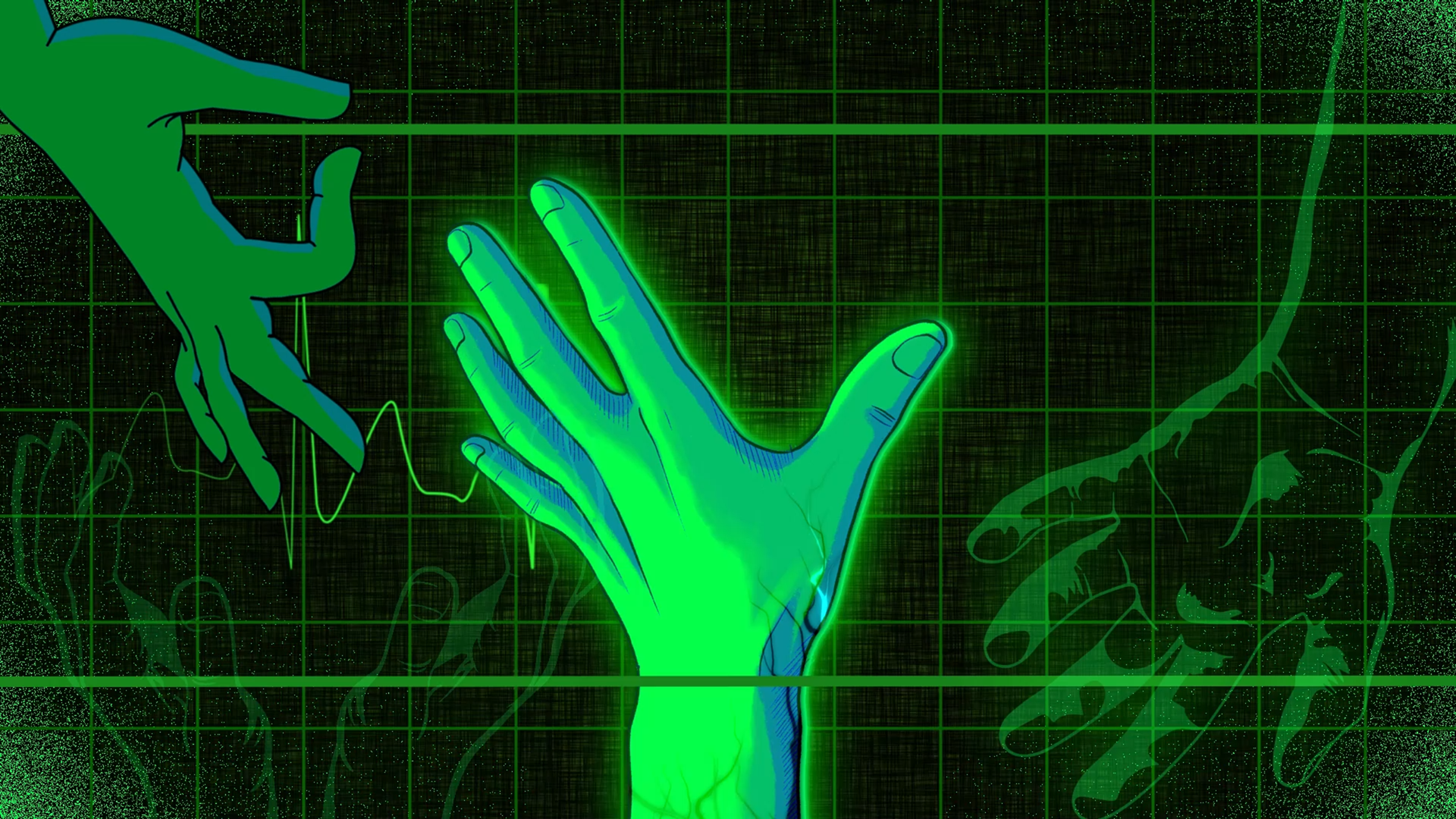
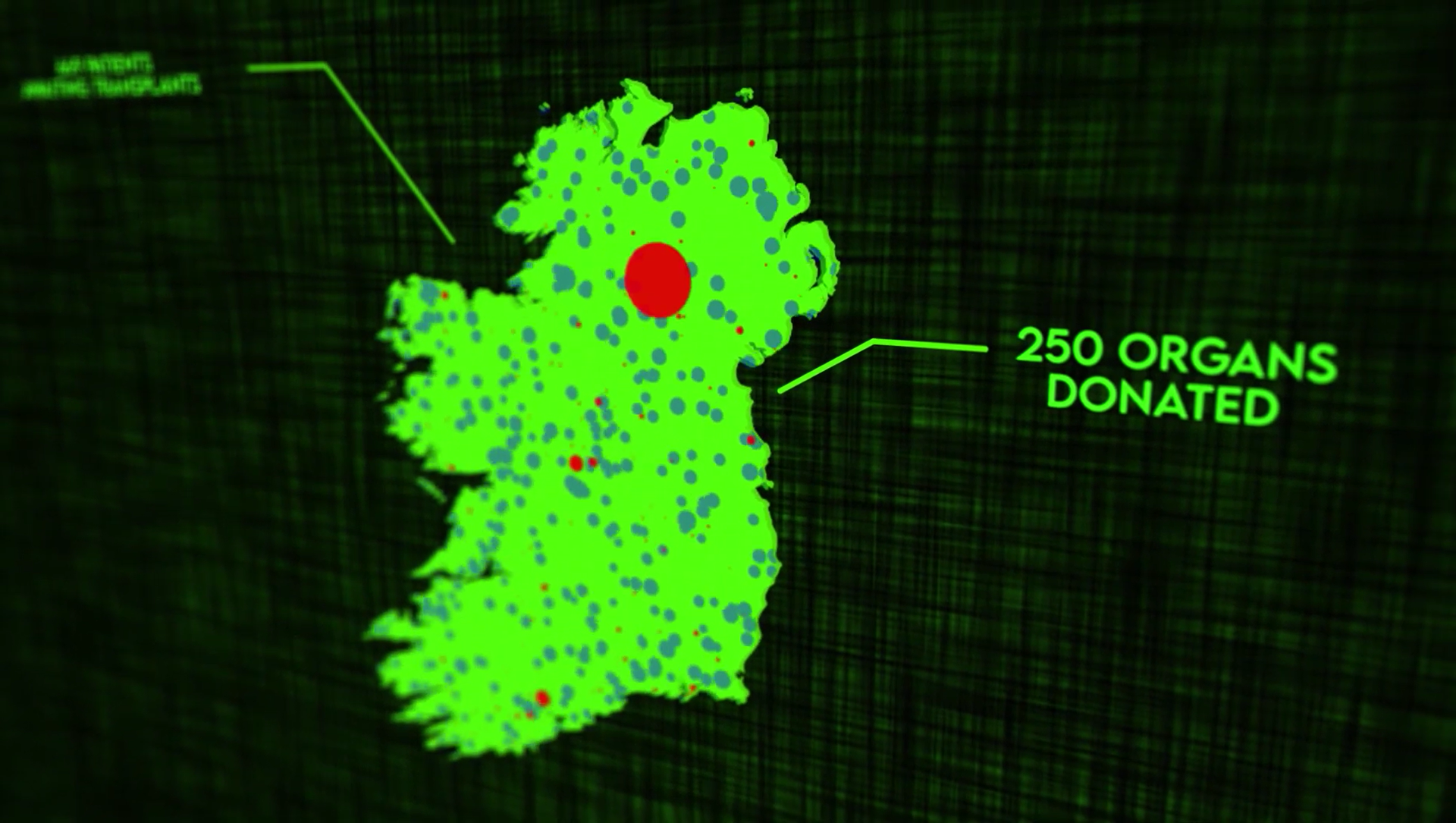
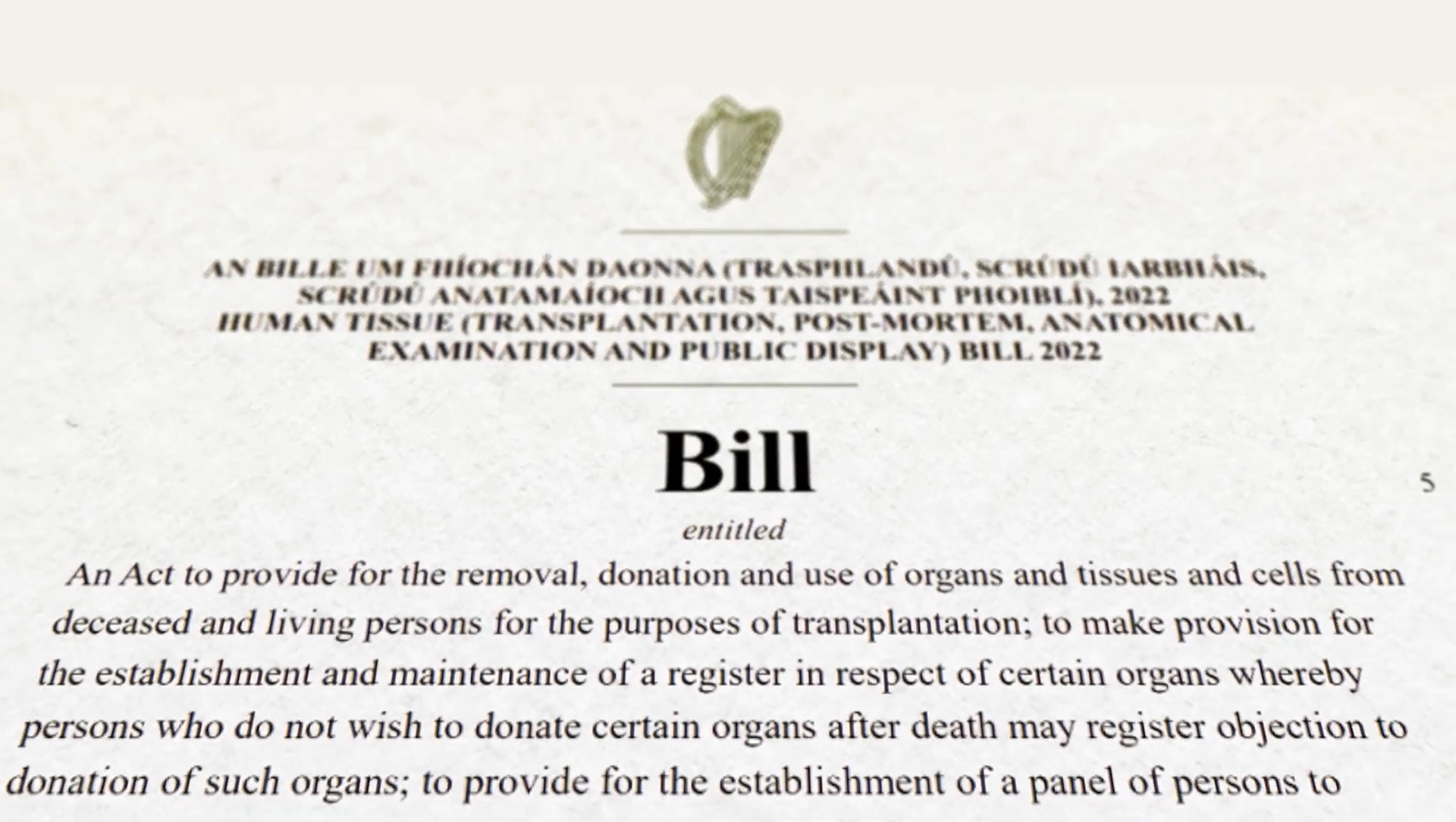
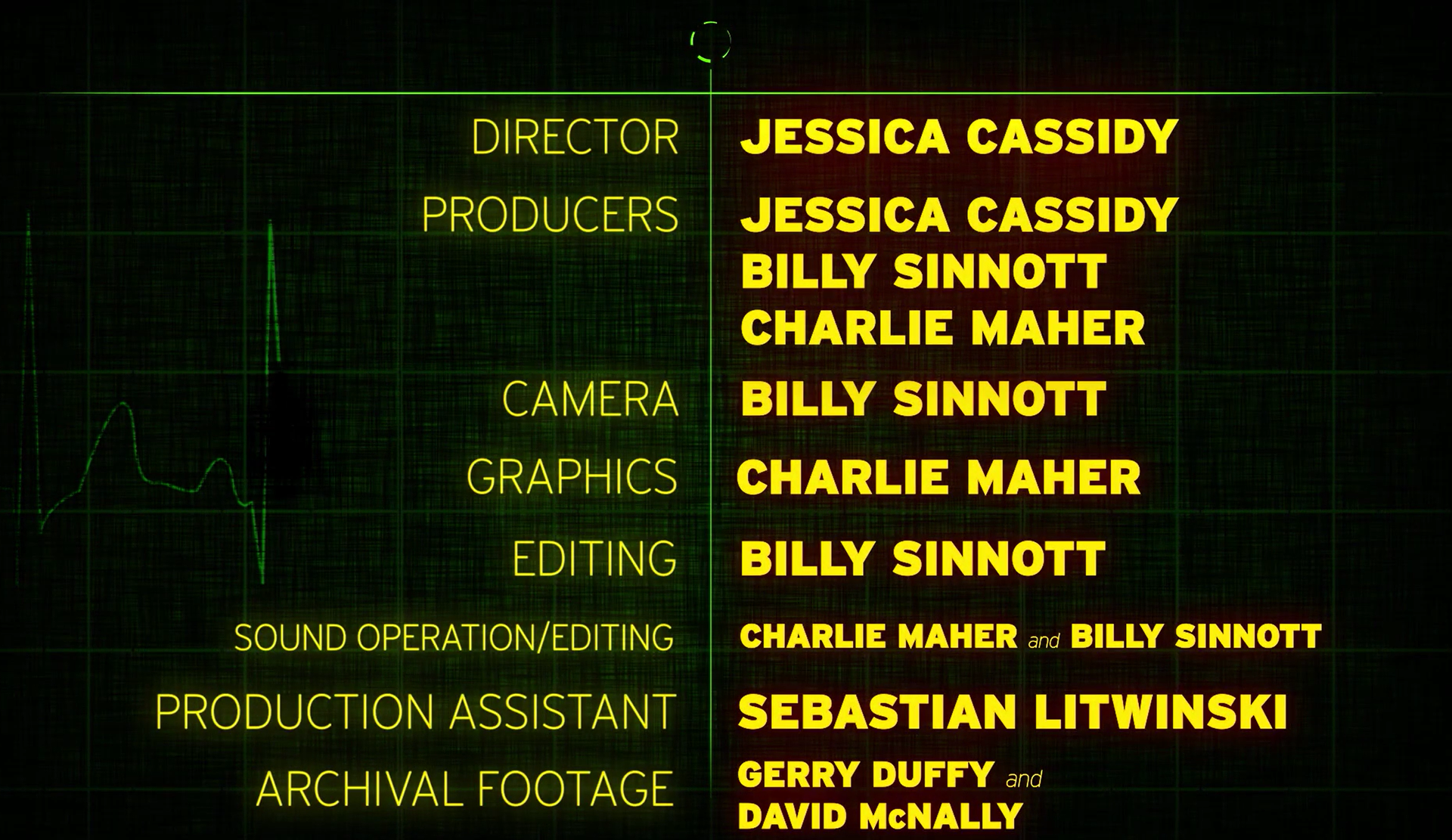
Creating the motion graphics for this documentary was an independent, unique, challenging and time sensitive affair.
Saying that, it was the most satisfying Motion Design work I have had the pleasure of completing.
For our Third Year Documentary Module, I was tasked with creating the animations. These ranged from Title Sequences, Photo shots, 3D Camera animations, Informational graphics etc.
Overall, I made 50 unique renders for this documentary. Less than 10 were used.
It is always better to be safe than sorry and by creating more renders than needed, it gave our editor the opportunity to pick and choose what he felt was necessary for each scene and time.
Looking at each graphic, I'll break down what exactly I used in terms of techniques and effects.
The Intro
For the intro, we can break it down to three stages. Foreground Midground and Background.
In the foreground, we have the title animation. This was done by using a subtle yet suitable font and applying the Vegas Effect. The Vegas effect has many parameters that allow you to almost 'draw' the letters. I made the animation extremely long, and easy-eased the keyframes. Playing with the graph editor. the animation would have smooth movement at the beginning and then very slowly come to a stop. This makes the scene have a feeling of uneasiness.
The midground, the HRM and the Hand. For the hand, I had a simple hand drawing, I applied some puppet pins to each finger and made some very subtle movements as if the hand is 'reaching out'. I then created a new layer and used the 'Advanced Lighting' effect to create veins for the arm. Then using mattes I could consolidate the veins to just the arm. For the HRM, it was almost too complicated to write here but it can be broken down to these core techniques.
Trim Paths, Masking, Duplicating, Glow, Chromatic Aberration.
The background, some simple textures, dark colours, vignettes animated to resemble a heartbeat and then duplicate the hands and rotate them and place them further back to achieve this 3D appearance.
The Human Tissue Bill
The Human Tissue Bill is a document of major significance to this documentary, so I decided I wanted it to be viewed from a cinematic perspective. I acquired the document, keyed out the white background to have just the text alone. I then place it on a more textured paper background and increased the blacks using a Levels effect and set the blending mode on the text so it appears embedded on the paper rather than floating on top of it.
For the camera, After Effects has a built in 3D camera tool. I used this camera and it's parameters to get some creative and emotional shots.
Rather than simply using a PNG of the image slapped on the screen. I wanted to have the graphics look just as good as the filming that was done for it, hence why these graphics have similar depth of field and pull focus shots.
